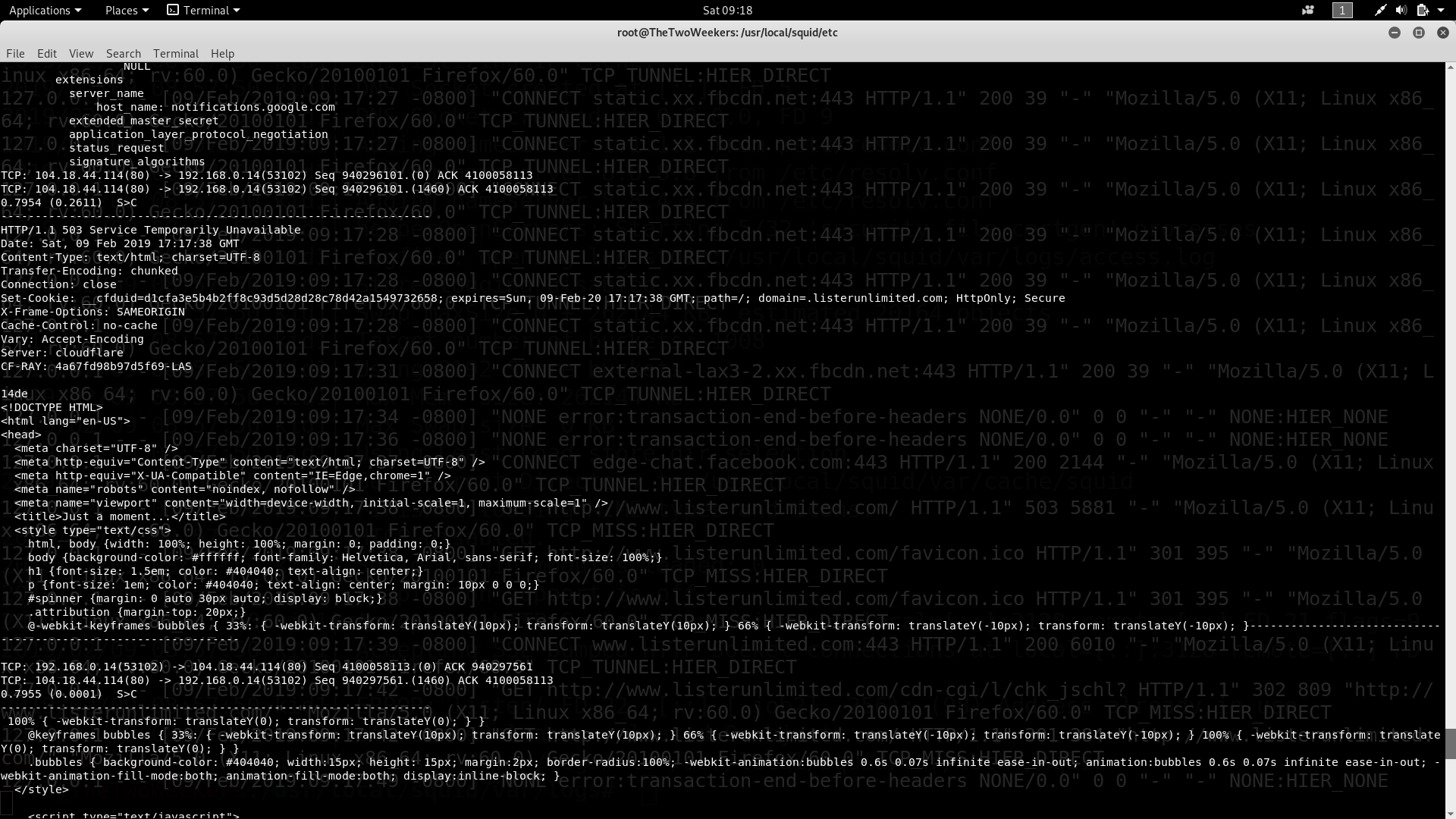

input -output zola serve -interface 0.0.0.0 \ Although I have a custom npm build script that I use for convenience, my build/run command(s) are more or less the following: zola build & npx tailwindcss \ This has worked surprisingly well and I haven't had any issues. To make the two work with each other, I run tailwind's standalone build command after Zola's, putting the resulting css in Zola's build output directory (usually public/). The maintainer recommends a makefile, which is more or less what I do, except I use npm, since I have tailwind as a node dependency anyway. Tailwind use PostCSS to integrate with a build system, which Zola doesn't support since it's a a single binary with not plugin system. It gets triggered by a push to a GitHub repo, and it supports quite a number of frameworks. It's a service that builds your static page and hosts it. This is really just like GitHub pages or anything else that most people are familiar with. I wouldn't however confuse an example you see in the documentation as the canonical way to do something, just because it's there. They're done to communicate the bare essentials of whatever message they need to at that point. I use typescript which seems to be the next best thing, but really it's only JS that has first class support.Īlso, I think a lot of their documentation/examples are not coded in a very realistic way. While I think Cloudflare workers is a great product, it's not perfect, and one huge thing missing is better support for other languages besides javascript. You can read more about what headers I use here. The logic I use looks something like this: Handling form submissions for my recruiting formĪ lot of static sites will use something like GitHub pages, but they don't offer a lot of control over one of the main abstractions provided to you in HTTP, which are headers.Basically, it's a function that you write, according to a simple API, instead of a server that you maintain.įor my personal site, I currently use workers for two things: Workers are Cloudflare's "serverless" offering.
DNS FOR SQUIDMAN CODE
This can help protect certain endpoints without you having to actually introduce any new code in your application. Here I can set up filters that apply certain rules, like adding a captcha when someone submits a POST to my recruiting form.

The next major layer in my architecture is the WAF (web application firewall). www is a valid phone number (in our analogy), but the service has not been told it should be taking calls at that number, so it doesn't answer and the request times out. To make an analogy, the phone is ringing, but no one's answering. This is because the integration wasn't setup through the service. if you have an website through Cloudflare Pages, and you want to make it accessible on the the record will resolve to a valid IP, but your connection will just time out. When using Cloudflare DNS +, sometimes you will need to set the DNS records through that service. For example, I can have for testing parts of my app, as well as for what most of the public sees. In general, knowing a little about DNS is very useful, because you can elegantly route traffic without having to touch the code to your app. Finally, security headers are set on response by the worker, before making it back to client DNS 🔗.Airtable) OR b.) Fetches the page from Pages, where the static site is hosted. Based on METHOD, worker either a.) Sends request to some backend (e.g.Rules are applied in firewall, before passing request to Worker (i.e.Initial request either: a.) Hits DNS AND/OR b.) Goes directly to WAF (i.e firewall).Diagram 🔗Įach part will be discussed more in-depth later, but here's a visual summary tracing the request flow: Also, their documentation is very good, and best of all their forum is fantastic. This makes it easy to start off with only what you need to begin rapidly prototyping at first, but allows you to integrate more things later. Lately, I've preferred to architect my projects (not just this site) using these products, because they're designed in a way that's very loosely coupled. At a minimum I'm using Cloudflare's DNS, CDN, Pages, Workers, Firewall, and I hope to use their recently announced Email Forwarding feature soon.
DNS FOR SQUIDMAN FREE
They are mostly of very high quality, with famously generous free tiers. This site taxes advantage of a lot of Cloudflare's offerings. You can see its system architecture to see how those pieces work together in more detail. The site uses Cloudflare for a lot of infrastructure related, dev-opsy type tasks. The two mix well together without too many issues.

For styling I use the wonderful Tailwind CSS utility framework. It is generated from markdown + Tera templates, using the Zola static site generator.


 0 kommentar(er)
0 kommentar(er)
